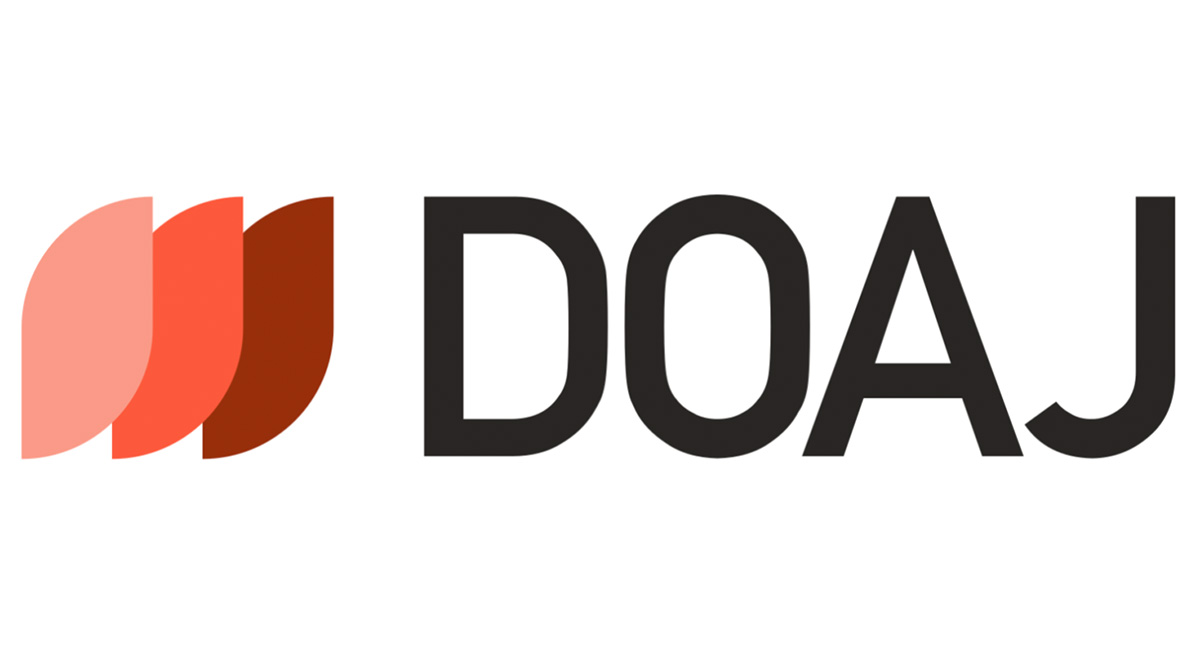Dynamic Image Forensics and Forgery Analytics using Open Computer Vision Framework
DOI:
https://doi.org/10.31185/wjcm.Vol1.Iss1.3Keywords:
Computer Vision, Digital Image Processing, Image Forensics, Image Forgery AnalyticsAbstract
The key advances in Computer Vision and Optical Image Processing are the emerging technologies nowadays in diverse fields including Facial Recognition, Biometric Verifications, Internet of Things (IoT), Criminal Investigation, Signature Identification in banking and several others. Thus, these applications use image and live video processing for facilitating different applications for analyzing and forecasting." Computer vision is used in tons of activities such as monitoring, face recognition, motion recognition, object detection, among many others. The development of social networking platforms such as Facebook and Instagram led to an increase in the volume of image data that was being generated. Use of image and video processing software is a major concern for Facebook because the photos and videos that people post to the social network are doctored images. These kind of images are frequently cited as fake and used in malevolent ways such as motivating violence and death. You need to authenticate the questionable images before take action. It is very hard to ensure photo authenticity due to the power of photo manipulations. Image formation can be determined by image forensic techniques. The technique of image duplication is used to conceal missing areas.
Downloads
References
A. F. Villán Mastering OpenCV 4 with Python: a practical guide covering topics from image processing, 2019.
V. Janga, S. Kumar, and V. K. Enugala, “Advanced machine learning-based implementation patterns for computer vision and real-time multimedia applications,” Materials Today: Proceedings, 2020.
A. Talele, A. Patil, and B. Barse, “Detection of real time objects using TensorFlow and OpenCV,” Asian Journal For Convergence In Technology (AJCT), 2019.
S. Taheri, A. Vedienbaum, A. Nicolau, N. Hu, and M. R. Haghighat, “OpenCV. js: Computer Vision processing for the open Web platform,” Proceedings of the 9th ACM Multimedia Systems Conference, pp. 478–483, 2018.
S. Sivkov, L. Novikov, G. Romanova, A. Romanova, D. Vaganov, M. Valitov, and S. Vasiliev, “The algorithm development for operation of a computer vision system via the OpenCV library,” Procedia Computer Science, vol. 169, pp. 662–667, 2020.
J. Sigut, M. Castro, R. Arnay, and M. Sigut, “OpenCV Basics: A Mobile Application to Support the Teaching of Computer Vision Concepts,” IEEE Transactions on Education, vol. 63, no. 4, pp. 328–335, 2020.
I. V. Kiselev, “Comparative analysis of libraries for computer vision OpenCV and AForge. NET for use in gesture recognition system,” Journal of Physics: Conference Series, vol. 1661, pp. 12048–12048, 2020.
V. Janga, S. Kumar, and V. K. Enugala, “Advanced machine learning-based implementation patterns for computer vision and real-time multimedia applications,” Materials Today: Proceedings, 2020.
L. Khurana, A. Chauhan, and P. Singh, “Comparative Analysis of OpenCV Recognisers for Face Recognition,” in 2020 10th International Conference on Cloud Computing, pp. 485–490, IEEE, 2020.
J. S. Charlie and M. Wulandari, “Classification of Fertilizer Using OpenCV Based on Color Characteristic,” IOP Conference Series: Materials Science and Engineering, vol. 1007, pp. 12053–12053, 2020.
A. Brdjanin, N. Dardagan, D. Dzigal, and A. Akagic, “Single Object Trackers in OpenCV: A Benchmark,” 2020 International Conference on INnovations in Intelligent SysTems and Applications (INISTA), pp. 1–6, 2020.
I. H. Chen, Y. S. Lin, and M. B. Su, “Computer vision-based sensors for the tilt monitoring of an underground structure in a landslide area,”Landslides, vol. 17, no. 4, pp. 1009–1017, 2020
Downloads
Published
Issue
Section
License
Copyright (c) 2021 Prof.Dr. j.k. Sumathi

This work is licensed under a Creative Commons Attribution 4.0 International License.





